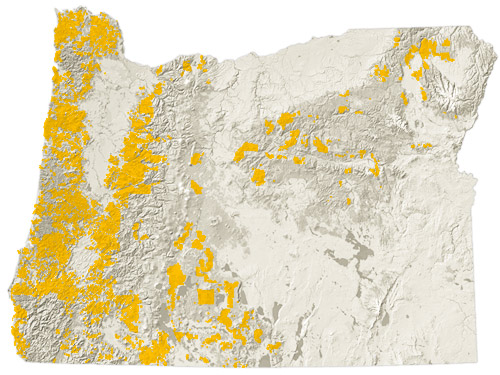Finally on March 30, 1891, Congress enacted the Forest Reserve Act, which allowed the president to proclaim national forests from lands in the federal public domain. President Benjamin Harrison (1889–1893), who signed the legislation, eventually proclaimed forest reserves totaling 13 million acres, including the nation’s first: Yellowstone Park Timber Land Reserve (today, mostly the Shoshone National Forest in Wyoming).
President Grover Cleveland (1893–1897) created more forest reserves totaling 25.8 million gross acres (not all within the reserve boundary was federal public domain). President William McKinley (1897–1901) followed by proclaiming 7 million acres. President Theodore Roosevelt (1901–1909) established an additional 150 million acres of what would become known as national forests....
Thanks, Benny, Grover, and, most especially, Teddy!
However, more forest lands should be included in the National Forest System. This includes 2.6-million acres of generally forested Bureau of Land Management holdings in western Oregon. It includes other generally-forested BLM lands in eastern Oregon, Montana, Alaska and elsewhere. It includes large amounts of private industrial and small private timberlands that could be acquired from willing sellers.
Read More












